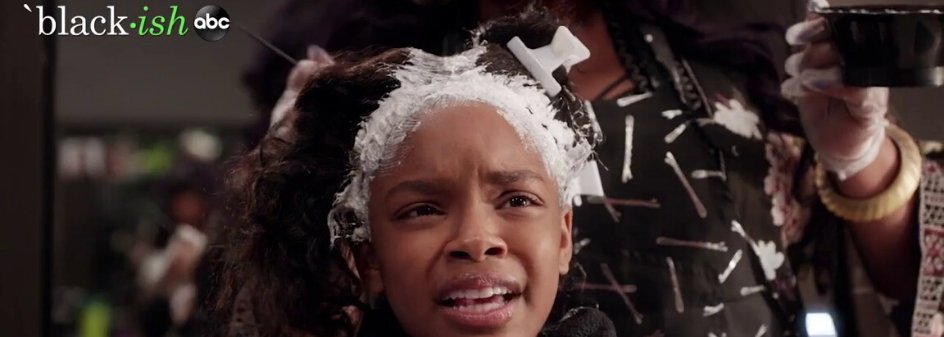Transitioning to locs is a mental, emotional and of course, a physical shift one really has to think about before committing to the twist and loc.
Of course, you can take down your locs later on. And no, you won't have to shave your head in order to start all over again, but let’s not overlook the process of the great leap from loose to loc’d hair. Here are some things to think over before you head over to the loctician, or brave up and twist and roll your own locs.
Transitioning to Locs Pre-Phase One
In case you’re not too familiar with the ins and outs of locs, before you start you’ll have to decide which method and style you’d like to go for. You can start with a two-strand twist, palm roll, go for free-form locs or sisterlocks. You may want to consult with a loctician to see what suits your hair texture and lifestyle best. Otherwise, take the time to do the research to ensure you choose the loc style you’ll love.
Second Wave of Decisions
Once you’ve settled on a style and a method, it's important to stick to the method you’ve started your locs with. Look into interlocking and palm-rolling and decide for yourself what you can actually see yourself committing to and enjoying. In the early phases, locs care packages come with a lot of patience ‘security cards,’ because yes, you’ll need stacks of patience to work your way through the early phases. But don’t get discouraged, love it and enjoy it and you’ll reap the benefits when your locs start taking its healthy and beautiful shape.
The stages and phases of locs
This may look different for everyone depending on what route you take. You can either start from the very beginning with small baby locs, while others try to jump right over the budding phase, which for many, is the most challenging phase of them all. Overall there are five phases when transitioning to locs and they include:
- The starter phase also known as the baby phase- which usually involves finger coiling, braids, twisting or palm rolling. This phase usually lasts from 0-3 months.
- The budding phase- is when you’ve finally got your growth on, yay! This is an exciting phase where you can train your hair to grow in the fashion of your choice. This can last from 3-6 months.
- The Teen phase- The teen phase is when you actually feel like you understand what’s going on. You should have your washing routine set up by now, and a healthy maintenance routine to keep the motivation and style going. This phase can take up to a year to achieve, but you’re almost there, learn to love the process!
- The Mature stage- At this point, you can differentiate between the locs and know exactly where that new growth is aiming for. You probably already have your favorite natural shampoos, conditioners, oils and pre-cleansers on your shelf of wisdom.
- The Rooted stage- At this point you may have forgotten all about all that time it took to get here and are looking for new protective styles for wearing and loving those locs.
Takeaway
We want to encourage you to do your research before you take the plunge. Identify your hair texture, what style of locs would work best for you and how you can achieve the locs of your dreams. Sometimes things don’t go according to plan, but if we research well, we know what to expect and how to encourage this new life process to go in the direction we’ve envisioned and desired.
Let us know what your thoughts and concerns are with transitioning to locs.
And if you’ve already made it through the transition, what was the most surprising element of your journey?
We’d love to hear from you!




